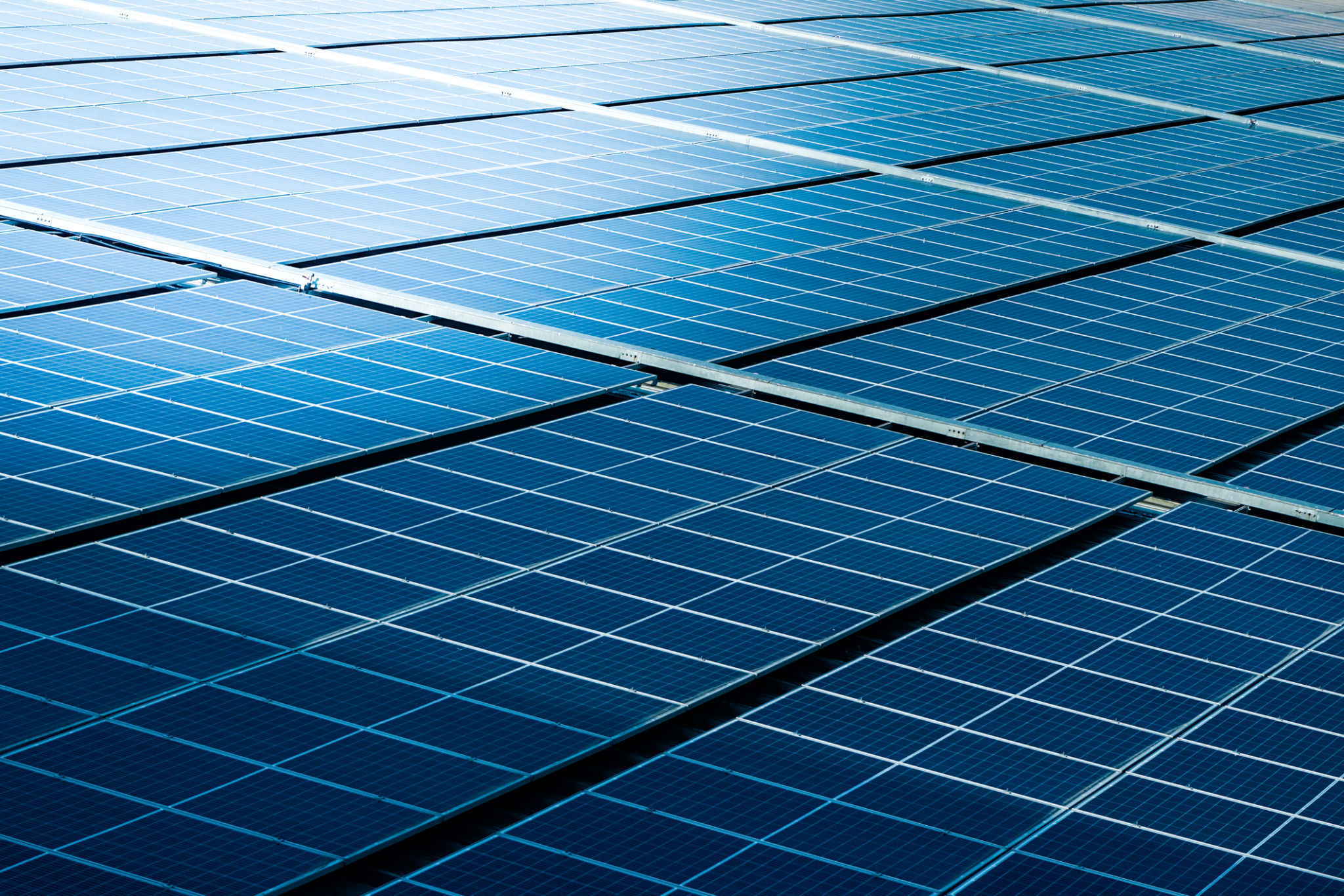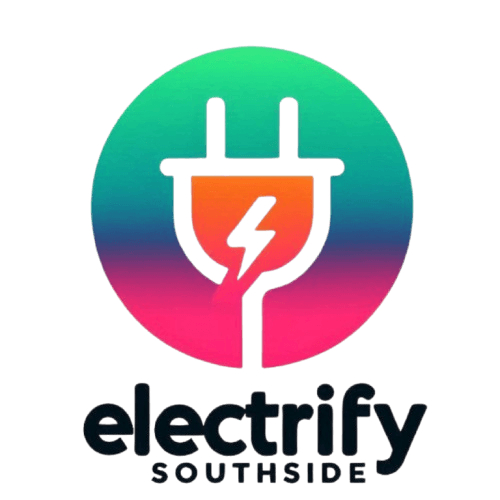The Future of Electrification in Australia: Trends and Predictions
Electrification in Australia is rapidly transforming the landscape of energy consumption and production. As the world moves towards a more sustainable future, Australia's commitment to electrification is a significant step forward. This blog post explores the emerging trends and predictions for electrification in Australia, highlighting the opportunities and challenges that lie ahead.
Current Trends in Electrification
Australia is witnessing a substantial shift towards renewable energy sources. The adoption of solar and wind power is at the forefront of this transition. With abundant natural resources, Australia is well-positioned to harness these renewable energies to meet its growing electricity demands.
The rise in electric vehicles (EVs) is another trend gaining momentum. The Australian government has introduced incentives and policies to encourage the adoption of EVs, aiming to reduce carbon emissions and reliance on fossil fuels.

Government Initiatives and Policies
Government initiatives play a crucial role in driving electrification. Policies aimed at reducing carbon footprints and promoting clean energy are becoming more prevalent. Australia's National Electricity Market (NEM) is undergoing reforms to support the integration of renewable energy sources.
Furthermore, investments in infrastructure are essential to support electrification. The development of smart grids and energy storage solutions is crucial for ensuring a reliable and efficient energy supply.

Technological Advancements
Technological advancements are paving the way for innovative solutions in electrification. Smart home technologies, such as energy-efficient appliances and automated systems, are becoming common, enabling consumers to manage their energy consumption more effectively.
Battery technology is also advancing, making energy storage more efficient and cost-effective. This progress is vital for balancing supply and demand, particularly with the increasing use of intermittent renewable energy sources.

Challenges and Opportunities
While the future of electrification in Australia is promising, several challenges must be addressed. The initial cost of transitioning to renewable energy and electric vehicles can be prohibitive for many consumers. Additionally, the need for a comprehensive charging infrastructure for EVs remains a significant hurdle.
Despite these challenges, the opportunities are vast. The potential for job creation in the renewable energy sector is substantial, and the environmental benefits are undeniable. As technology continues to evolve, the cost of renewable energy is expected to decrease, making it more accessible to the general public.
Predictions for the Future
Looking ahead, Australia's energy landscape is set to undergo significant changes. It is predicted that by 2030, a substantial portion of Australia's energy will come from renewable sources. The continued investment in technology and infrastructure will play a vital role in achieving this goal.
Moreover, the adoption of electric vehicles is expected to rise sharply, driven by technological improvements and government support. This shift will contribute to a cleaner, more sustainable transportation system.

In conclusion, the future of electrification in Australia is bright, with promising trends and predictions indicating a move towards a more sustainable and efficient energy system. By embracing innovation and addressing existing challenges, Australia is poised to lead the way in the global transition to clean energy.
